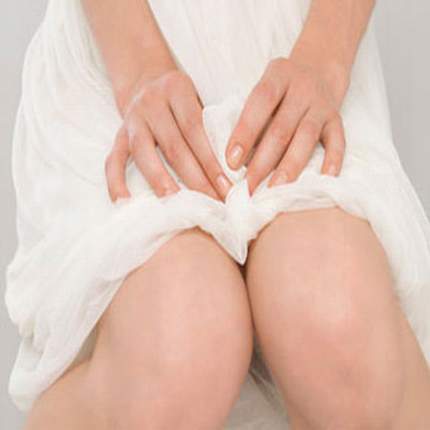What's in this article?
What is Uterine polyps?
Uterine polyps are growths attached to the inner wall of the uterus that extend into the uterine cavity. Overgrowth of cells in the lining of the uterus (endometrium) leads to the formation of uterine polyps, also known as endometrial polyps. These polyps are usually noncancerous (benign), although some can be cancerous or can eventually turn into cancer (precancerous polyps).
The sizes of uterine polyps range from a few millimeters no larger than a sesame seed to several centimeters golf ball sized or larger. They attach to the uterine wall by a large base or a thin stalk.
You can have one or many uterine polyps. They usually stay contained within your uterus, but occasionally, they may slip down through the opening of the uterus (cervix) into your vagina.
What causes uterine polyps?
The exact reason that polyps form is unknown, but swings in hormone levels may be a factor. Estrogen, which plays a role in causing the endometrium to thicken each month, also appears to be linked to the growth of uterine polyps.
Diagnosis of uterine polyps
Diagnosis is usually established by curettage (scraping out the womb), and examining the tissue in a laboratory however, larger polyps may be missed at curettage. Other diagnostic techniques include a hysterogram (taking a type of x-ray of inside the womb) and hysteroscopy (where a thin telescopic device is inserted, allowing the surgeon to look inside the womb). It is important that a tissue sample from the polyp be sent for biopsy to rule out cancer.
How are uterine polyps treated?
Treatment may not be necessary if the polyps do not cause any symptoms. However, polyps should be treated if they cause heavy bleeding during menstrual periods, or if they are suspected to be precancerous or cancerous. They should be removed if they cause problems during pregnancy, such as a miscarriage, or result in infertility in women who want to become pregnant. If a polyp is discovered after menopause, it should be removed.
Methods of treatment include the following:
- Medications: Drugs that help regulate the hormonal balance, such as progestins or gonadotropin-releasing hormone agonists, may be used as a temporary treatment. These medications help to relieve symptoms. However, the symptoms will usually return after the medications are stopped.
- Hysteroscopy: the doctor will insert surgical instruments through the hysteroscope to remove any polyps that are found.
- Curettage: While using the hysteroscope to look at the interior of the uterus, the doctor uses a curette to scrape the lining and remove any polyps. The polyps may be sent to a laboratory to determine whether they are benign or cancerous. This technique is effective for smaller polyps.
- Additional surgery may be necessary if a polyp cannot be removed using other methods, or if the polyps are cancerous. A hysterectomy, a surgical procedure in which the entire uterus is removed, may be necessary in cases where cancer cells are found in the uterine polyps.





